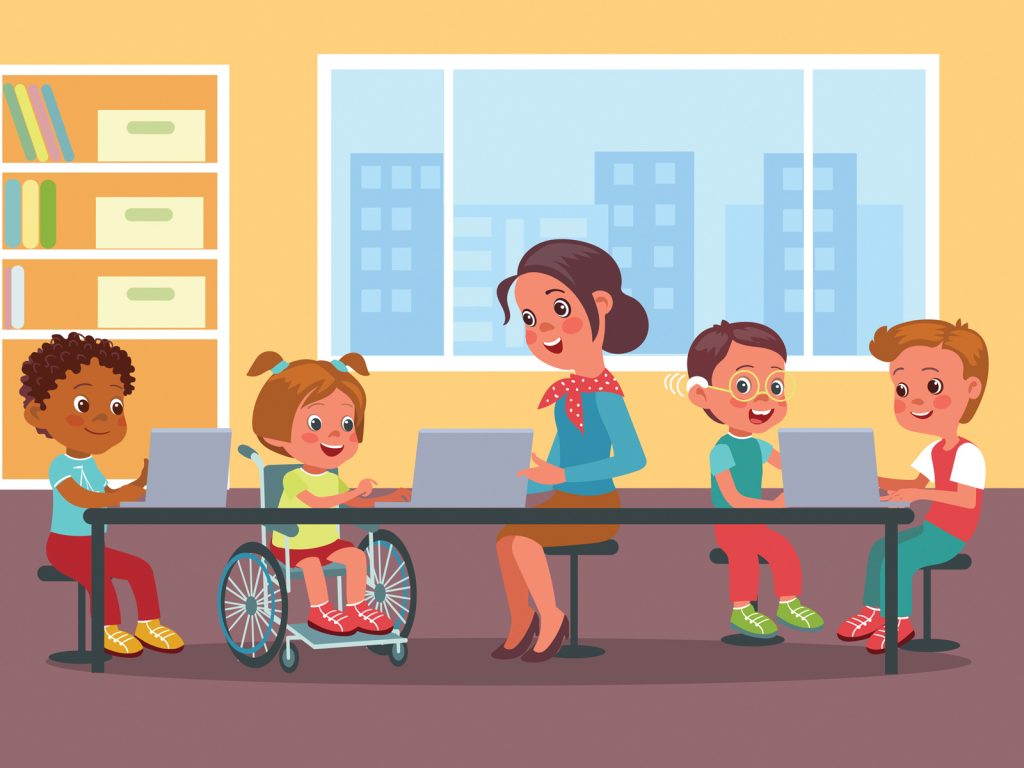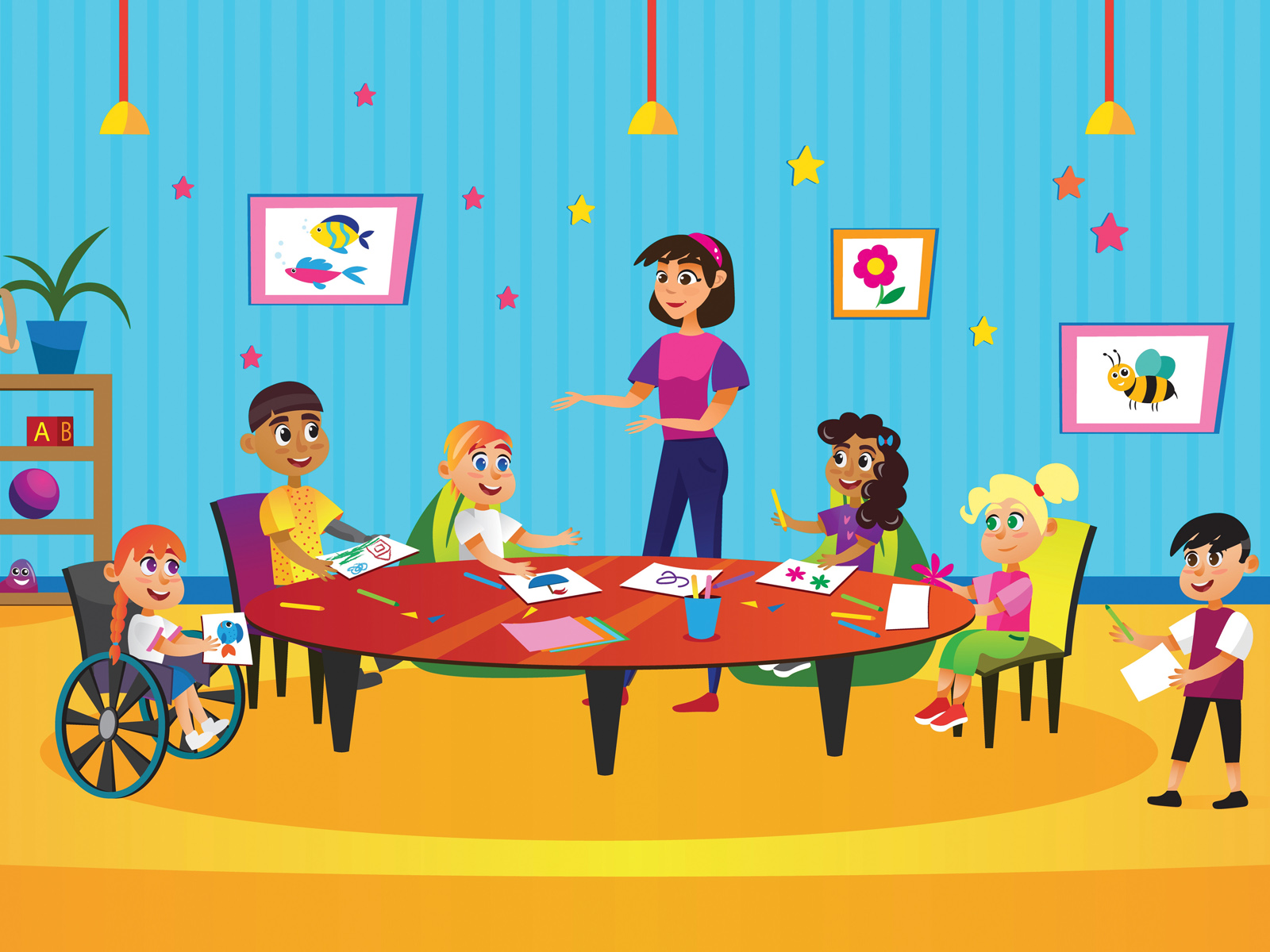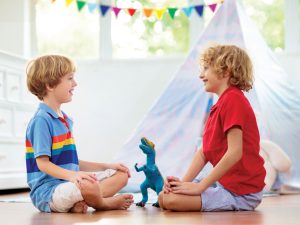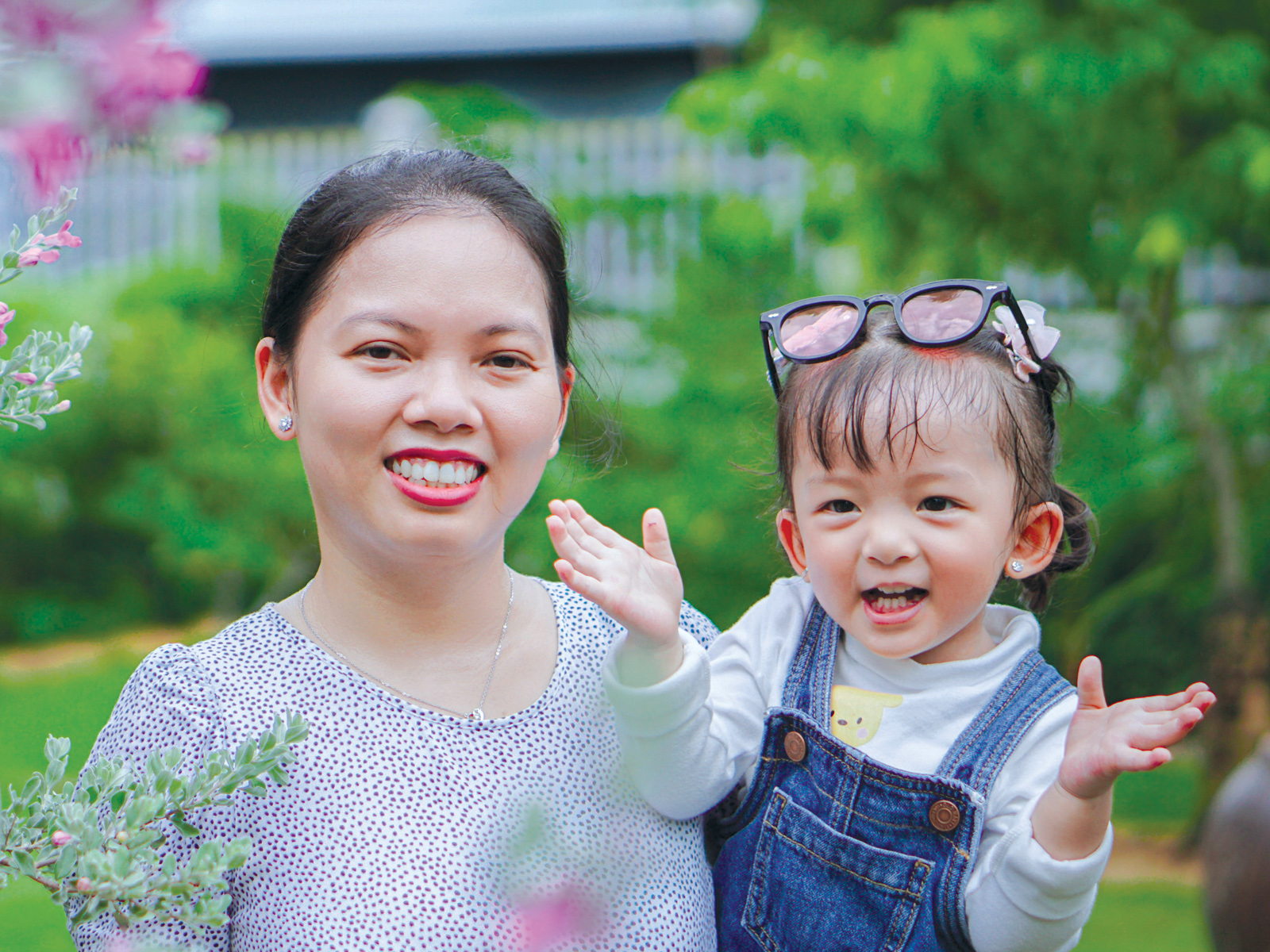Kindness is a gift everyone can afford to give and something that every child should have the opportunity to practice. Although it’s a common phrase, a good way to practice kindness is to “treat people the way you would like to be treated.” It’s a social skill and behaviour that can be learned from a young age and utilized throughout their lives.
Teaching kindness fosters positive interactions and social relationships. In fact, studies have shown that children with strong social skills are much more likely feel more comfortable and be better able to adjust in social settings with other children and adults.
Every day behaviour
Kindness and the ability to share isn’t necessarily something we’re born with. However these skills can be learned and developed as they go through their early years. Some ways to share ‘kindness teachings” are the introduction of books like; Strictly No Elephants, Be Kind and Have You Filled a Bucket Today? Depending on their age and ability, you could also these day-to-day activities that will provide you, and your youngster, with the opportunity to practice being kind to others together:
• Leave a bowl water out for local dogs
• Share toys you have grown out of with newcomers or charity resale stores
• Run a lemonade stand for a charity
• Offer a helping hand to a neighbour in need (shopping/ raking leaves etc)
• Hold the door for someone or carry a bag
• Give a hug to a family member or friend
• Smile and say hello in an elevator or as you pass on the sidewalk
• Pay it forward in a drive through line (random acts of kindness)
• Make a donation to a food bank
• Leave baked goods on a neighbour’s doorstep
• Call family members who live far away to say hello
• Offer to walk a dog for a senior who is feeling unwell.

Sharing involves empathy
Playing co-operatively and sharing also helps children make and keep friends, learn how to take turn, negotiate and learn about compromise, fairness and being kind. Oftentimes, according to experts, children figure out about sharing by watching their parents and older siblings. However, the process of fine tuning sharing skills often takes practice—during playdates, daycare or school experiences. A good way to help a child in advance of a “sharing situation” is to play games, especially if they are finding the concept of sharing challenging. Role playing to convey a message that unhealthy habits such as selfishness and jealously aren’t friendly behaviours is often helpful.
Expectations for sharing at different ages can vary according to your child’s temperament and abilities but generally speaking by age three, your child should start to understand that being fair and sharing equally is a good thing to do.
Things may not be instant clear sailing as it takes time to feel comfortable to give things up or wait patiently when it comes to turn-taking. Learning to be kind and share requires children to understand their own feelings and to recognize that other people have feelings, too. These are advanced social and emotional skills for young children, who are still developing their sense of self and learning about the world around them. By the time school comes complex friendships and realizing that other kids have feelings too starts to take place.
Be an example
When you model behaviours that you want to see, children will gradually learn how to regulate their emotions and realize the impact of their actions and that nice or kind behaviour and, or a willingness to share at art time or recess is part of the process. To give guidance to young children on their journey to acquire social skills consider these ideas:
1) Explain ahead of time
At first, kids need prep time and conversation to prepare themselves for sharing. Chat ahead of time about ‘taking turns’ rather than surprising them with new instructions suddenly in the middle of their play. Parents and others can also help youngsters to understand also that the toy or book can come back when its “their turn again”
2) Keep special things out of sight
It’s only natural for children to form attachments. After all, ‘mine’ is one of the early words that come from a toddler’s mouth. Think ahead and realize that during this time, if there is a much loved stuffy or favorite toy, you may want to keep it out of sight when other children visit. This avoids a potentially upsetting tug of war over favourite toys or special blankets etc. It’s best to start the sharing journey with objects that are not as near and dear. Also inviting a playmate to bring his or her own toys to share levels the playing field so they can both have a chance to explore each other’s things.
3) Timing is everything
Using a timer to referee toy squabbles removes the emotion and adds an element of routine or organization. Let children self-direct if you can with little help. Just show them how it works and get them to join in. Timing for 3-5 minutes for each, depending on what the toy is, maybe a good start.
4) Create opportunities and the right environment
It’s interesting to note that research tells us that children who’ve been on the receiving end of generosity tend to need fewer objects to feel strongly attached.
Encouraging your child to want to share is, after all, a gradual process that will see him or her finding their way. If they grab, or say no, or hide the toy, it may mean that they are not feeling as secure or comfortable in the space. Again, communication is key.
There’s nothing to be embarrassed about when your little one struggles with sharing. Your child is just learning and developing. Remember try and foster the right situations for learning new behaviours and know there’s always tomorrow to catch up on a skill or two.
Anjolina Rankin-West is an editorial intern at the Canadian Abilities Foundation (CAF).
Facts about kindness…
Contagious
Everyone who witnesses a kind act is said to be positively impacted often creating a “pay it forward” domino effect in others.
Reduces pain
Acts of kindness produce endorphins—the brains natural painkiller. They have also been found to reduce inflammation and regulate heart rate.
Cardioprotective
Oxytocin is produced with kindness. Nitric oxide is released into blood vessels, dilating them and reducing blood pressure.














